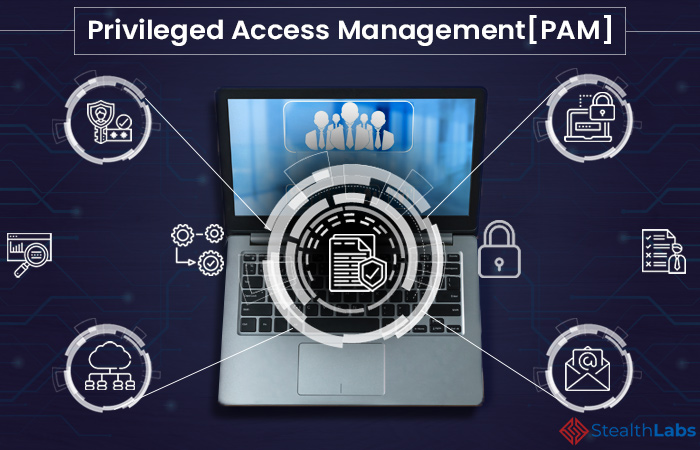
Image Source: Google
Privileged Access Management (PAM) services play a crucial role in enhancing security and efficiency within organizations. By granting users access to sensitive systems and information on a need-to-know basis, PAM solutions help prevent unauthorized access and reduce the risk of potential security breaches. In today's digital landscape, where cyber threats are becoming increasingly sophisticated, it is more important than ever for organizations to prioritize the management of privileged accounts.
One of the key benefits of implementing Privileged Access Management services is the ability to control and monitor access to critical systems and data. By implementing strict access controls and enforcing least privilege principles, organizations can limit the potential damage that could be caused by insider threats or external cyber attackers. PAM solutions also allow organizations to track and audit privileged user activities, providing a clear audit trail that can help in incident response and compliance efforts. Through real-time monitoring and alerting capabilities, organizations can quickly identify and respond to any suspicious or malicious activity, reducing the time it takes to detect and mitigate security incidents.
Furthermore, PAM services help streamline access management processes and improve operational efficiency. By automating the management of privileged accounts and access rights, organizations can reduce the burden on IT teams and minimize the risk of human error. With PAM solutions, organizations can centralize the management of privileged accounts, passwords, and access policies, making it easier to enforce consistent security controls across the entire organization. Additionally, PAM services can help organizations meet compliance requirements by providing detailed reports and audit trails that demonstrate adherence to regulatory standards.
Another important aspect of PAM services is the ability to enhance user productivity while maintaining a high level of security. By implementing single sign-on (SSO) capabilities and password management tools, organizations can simplify the login process for users and reduce the number of passwords they need to remember. This not only improves user experience but also reduces the risk of password-related security incidents, such as phishing attacks or credential theft. PAM solutions can also enforce strong authentication methods, such as multi-factor authentication, to ensure that only authorized users can access sensitive systems and data.
As organizations continue to embrace cloud computing and digital transformation initiatives, the need for effective PAM services becomes even more critical. Cloud environments often introduce new security challenges, such as decentralized access controls and shared responsibilities between organizations and cloud service providers. With PAM solutions, organizations can extend their security controls to cloud environments, ensuring that privileged access is managed and monitored consistently across on-premises and cloud-based systems. PAM services can help organizations securely adopt cloud technologies and infrastructure without compromising on security or compliance requirements.
In conclusion, unlocking the power of Privileged Access Management services is essential for organizations looking to enhance security and efficiency in today's digital world. By implementing PAM solutions, organizations can minimize the risk of security incidents, improve operational efficiency, and meet compliance requirements. With the ability to control and monitor access to critical systems and data, streamline access management processes, enhance user productivity, and extend security controls to cloud environments, PAM services provide a comprehensive solution for managing privileged accounts and access rights. As organizations continue to face evolving cyber threats and regulatory challenges, investing in PAM services is a strategic decision that can help safeguard sensitive information and assets while enabling business growth and innovation.
/cdn.vox-cdn.com/uploads/chorus_image/image/51867435/Eli_Preferred_Headshot.0.jpeg)